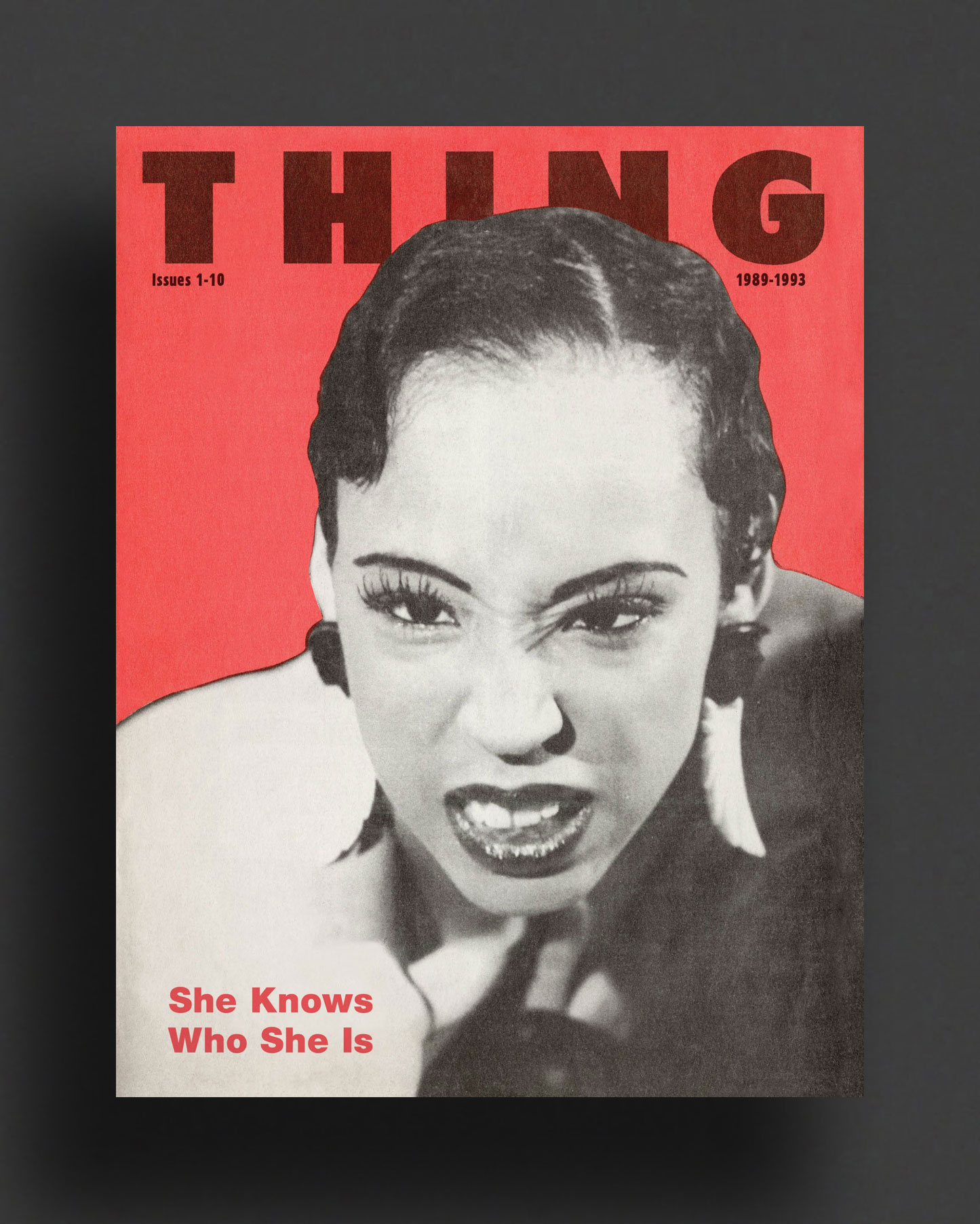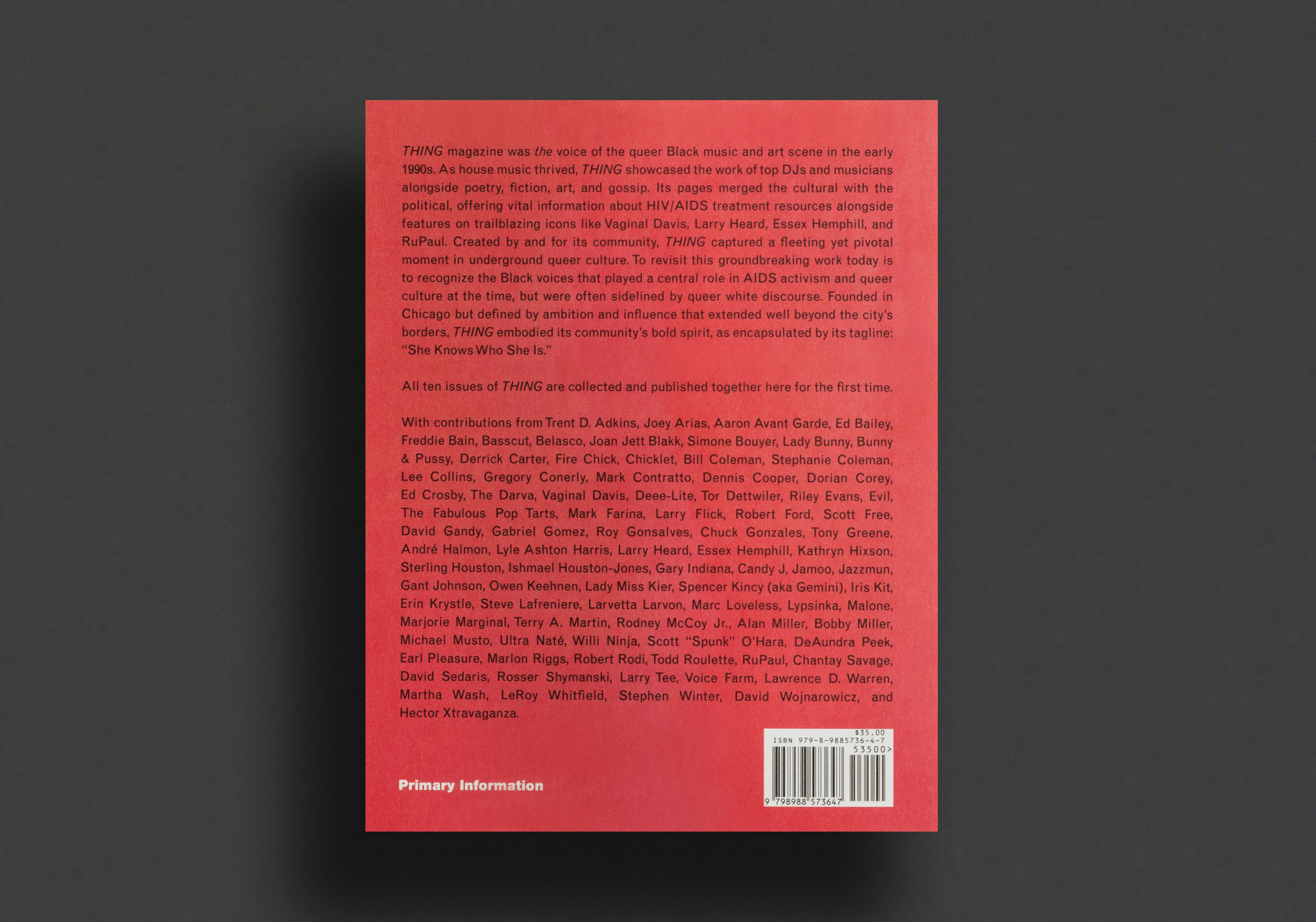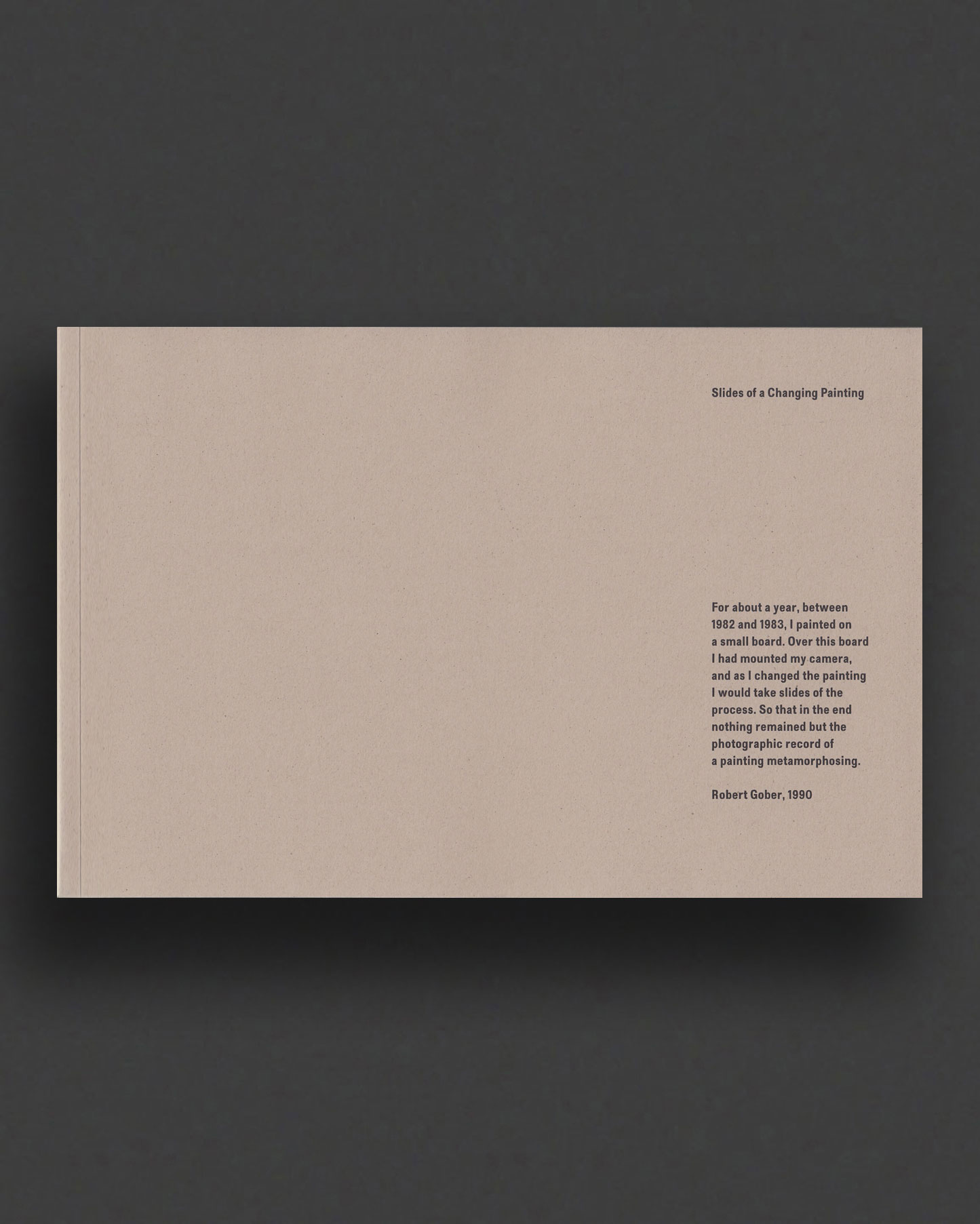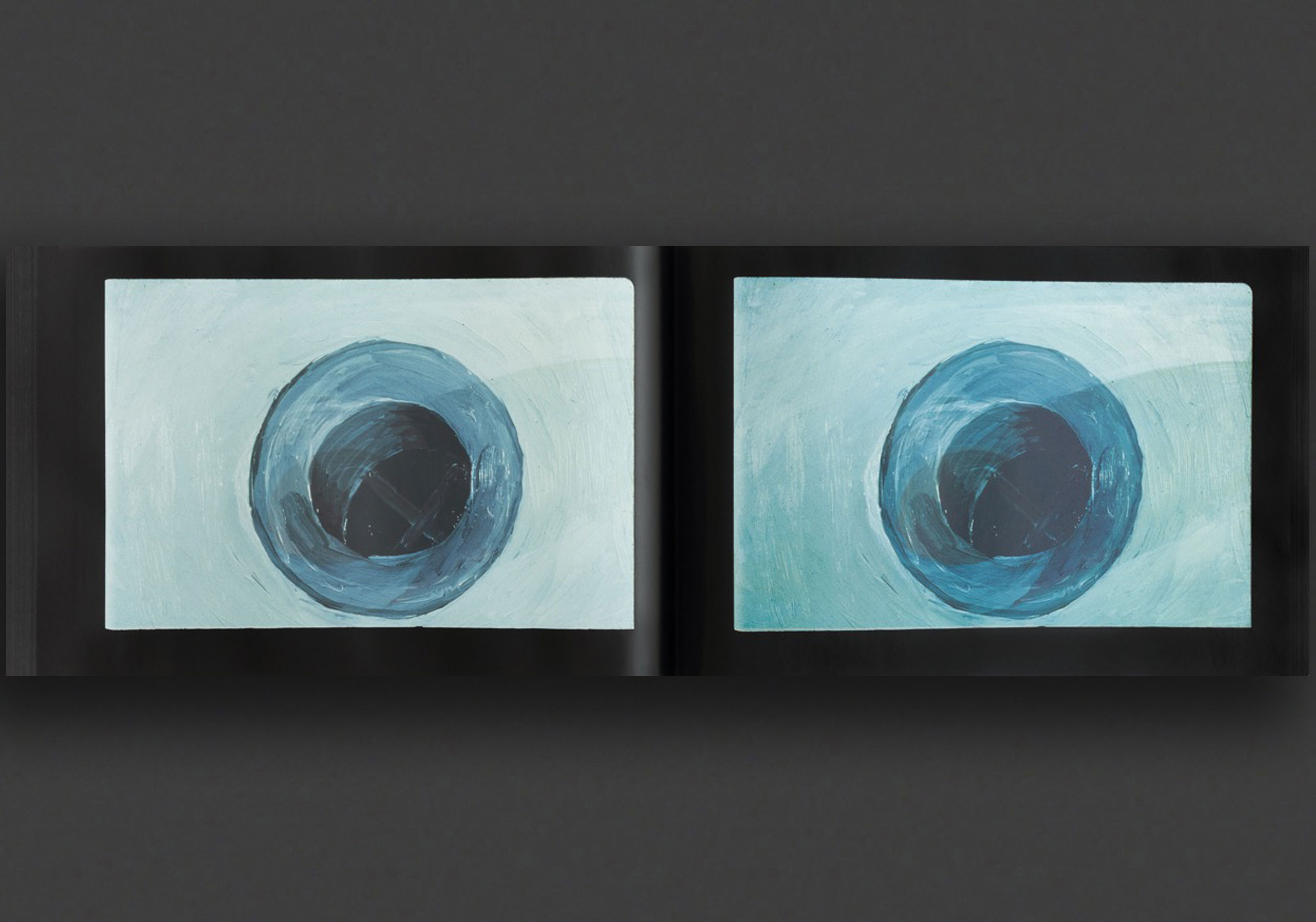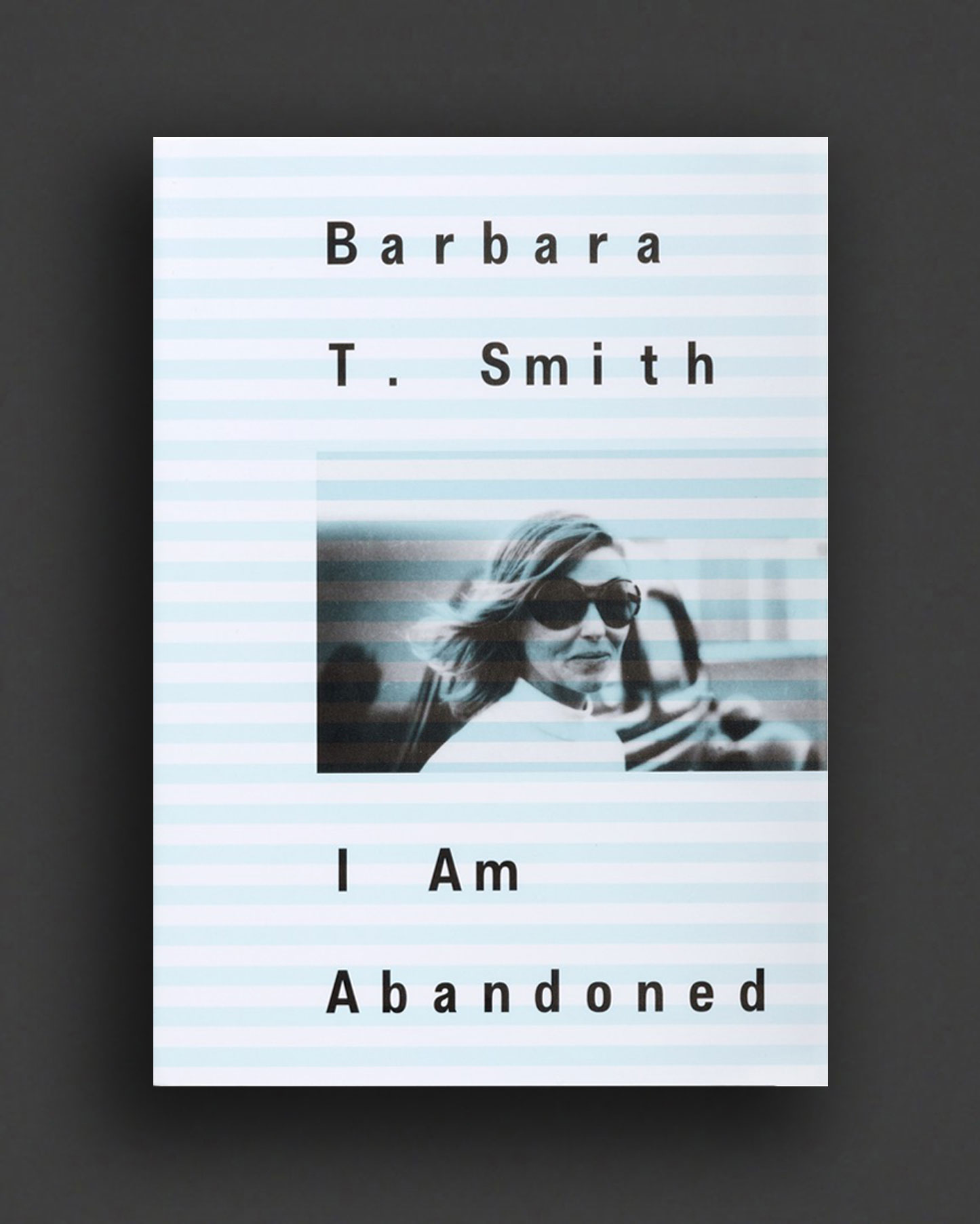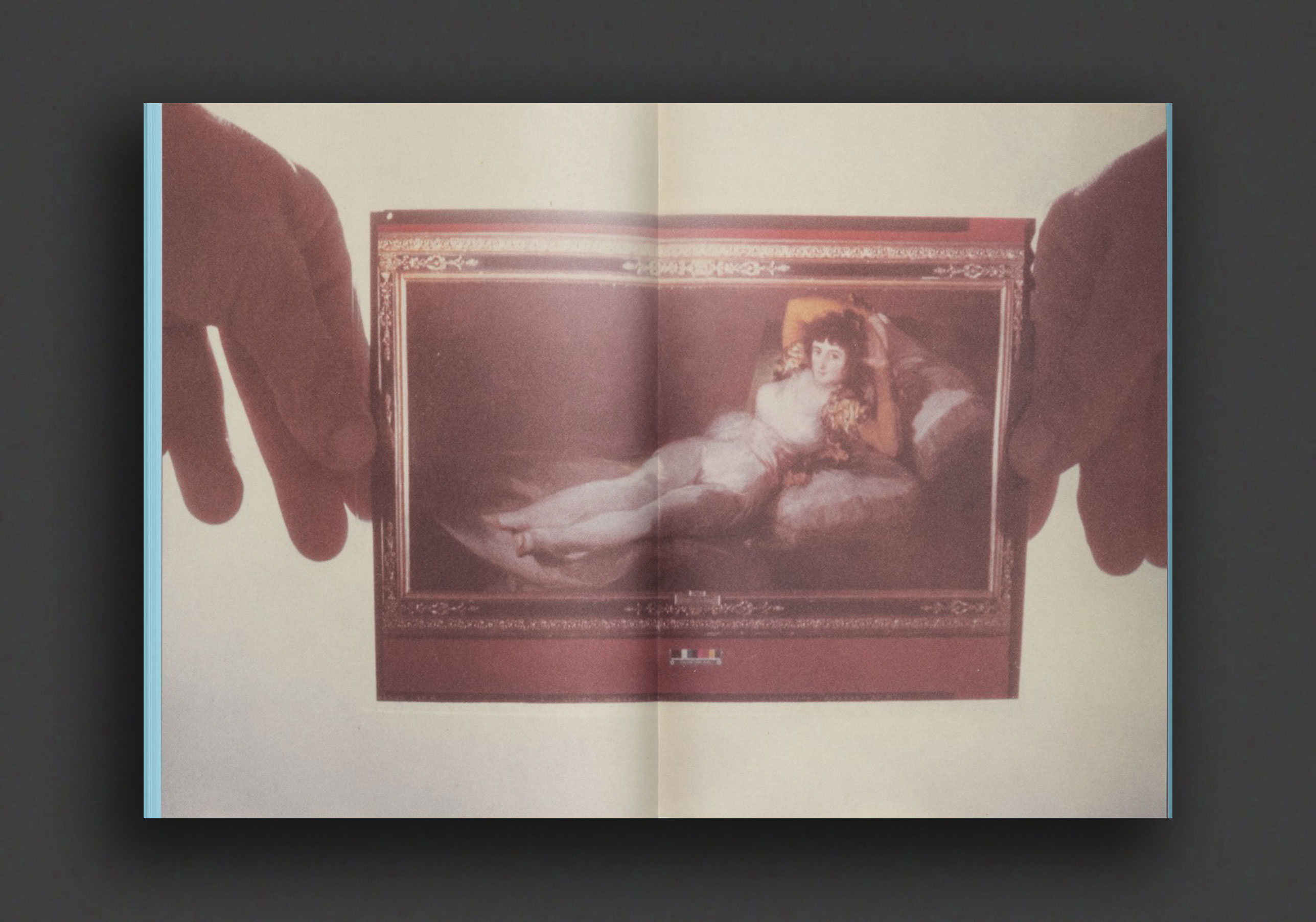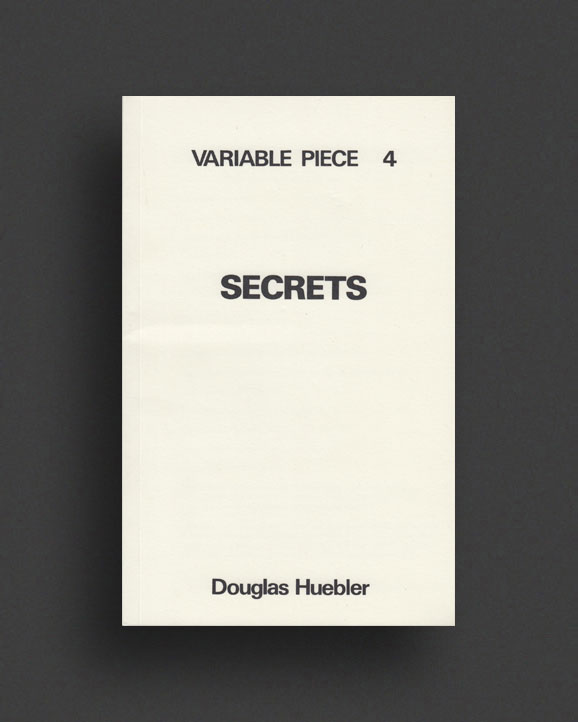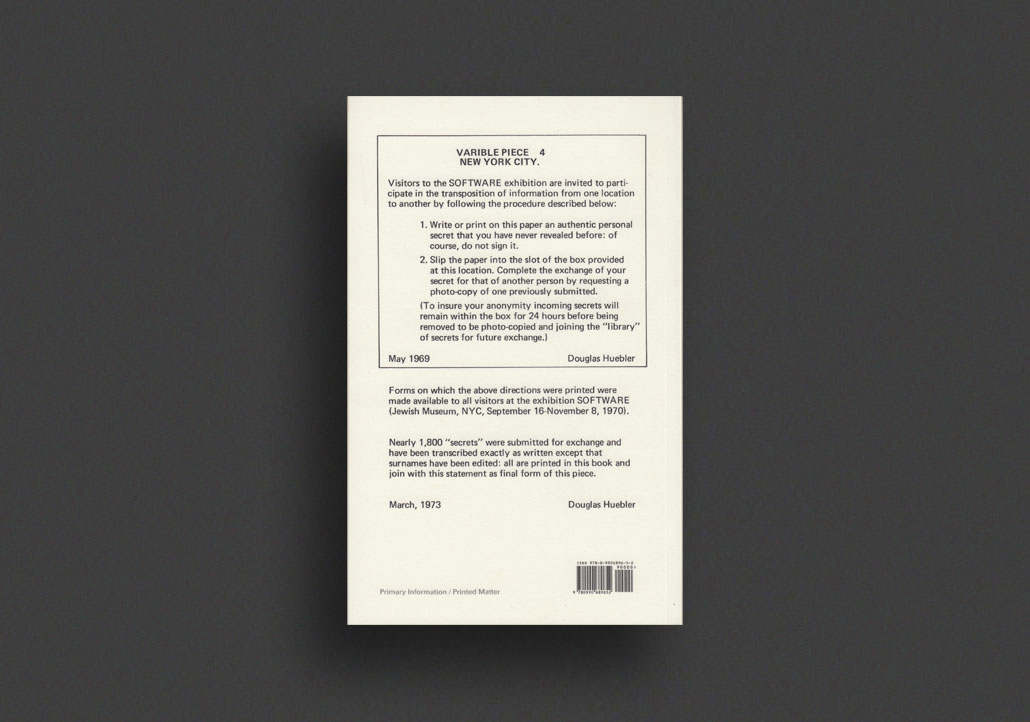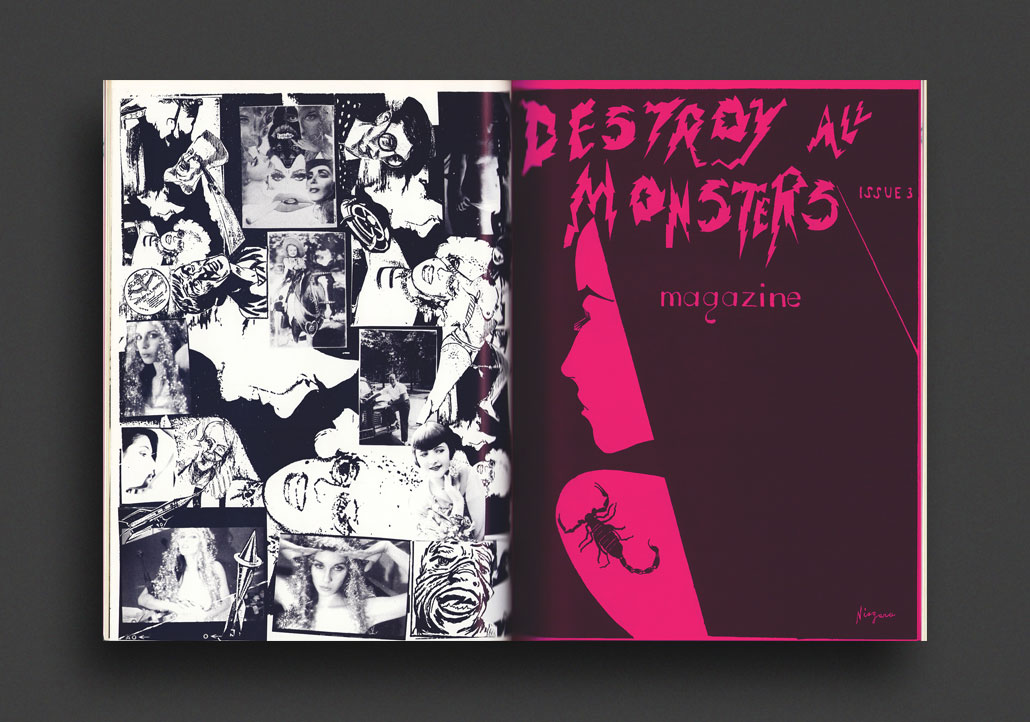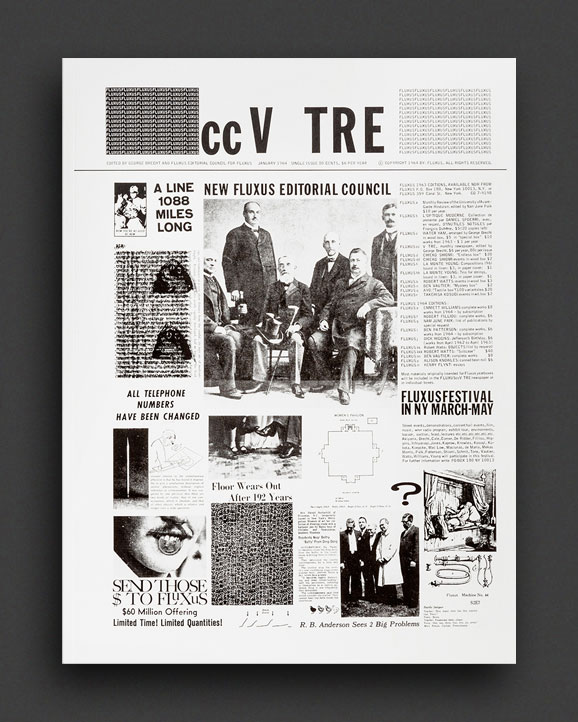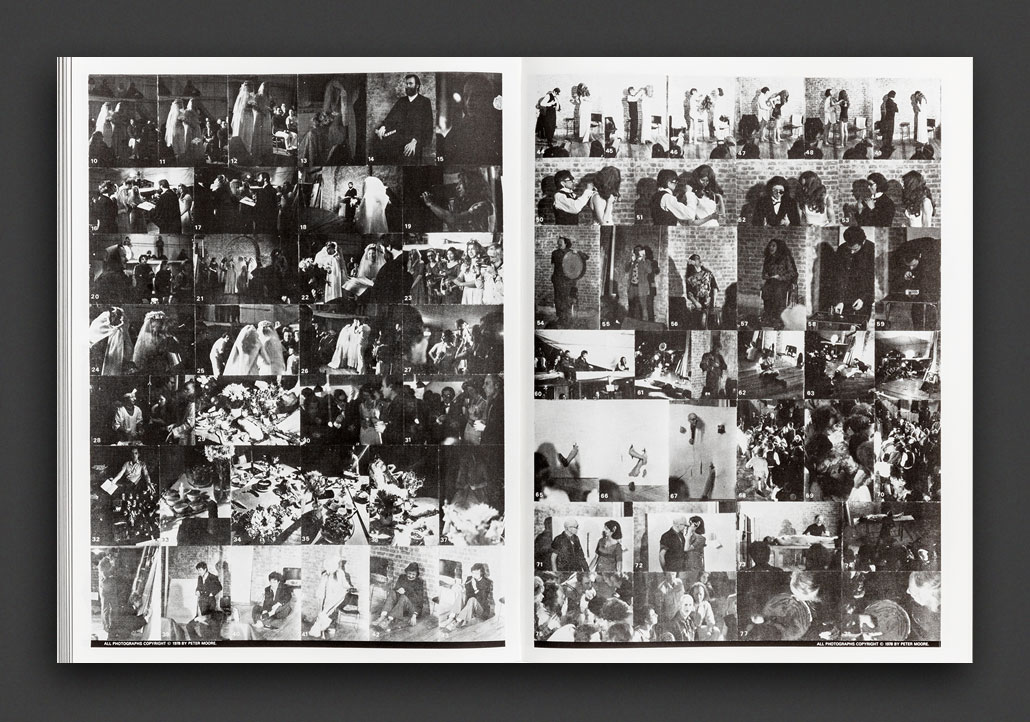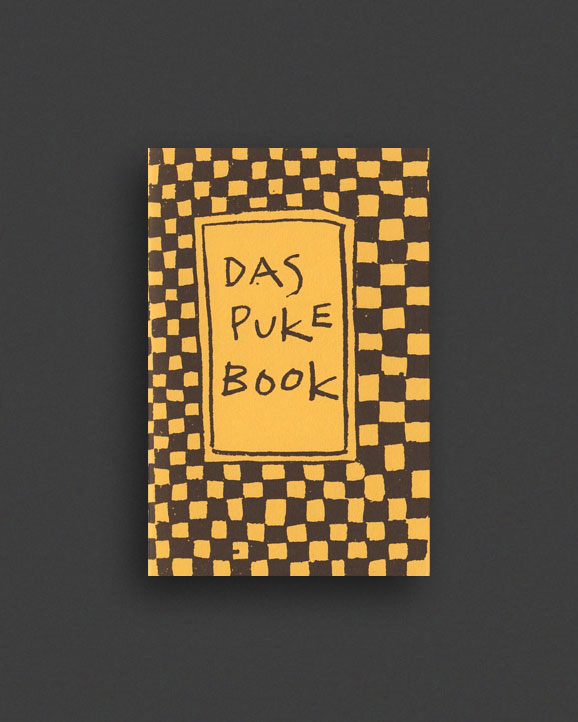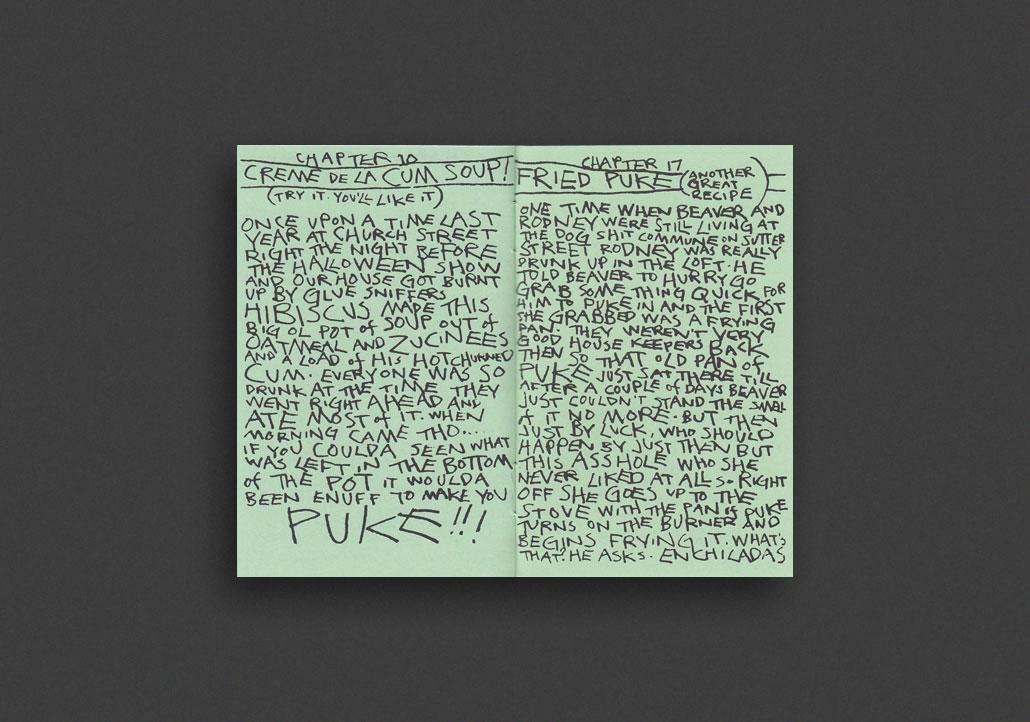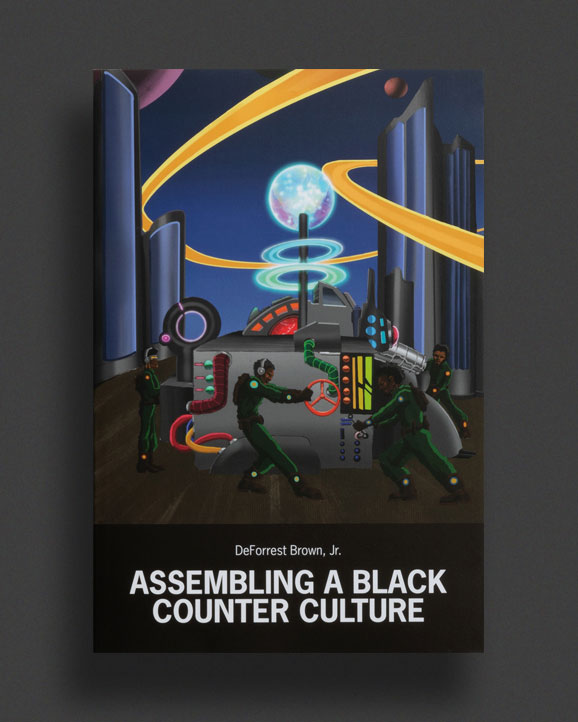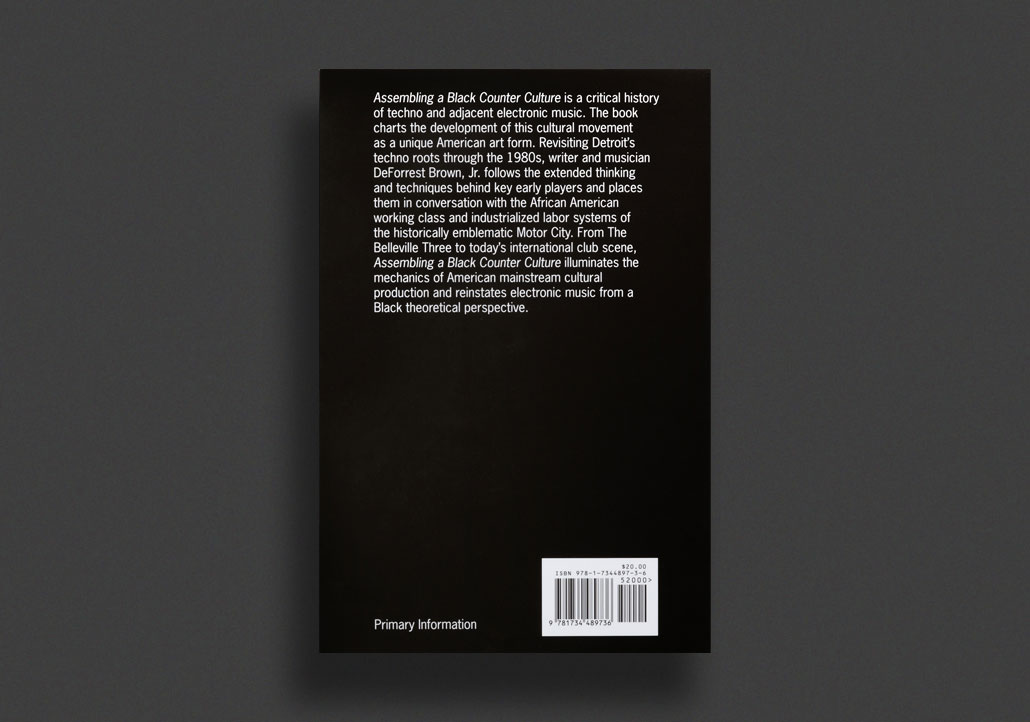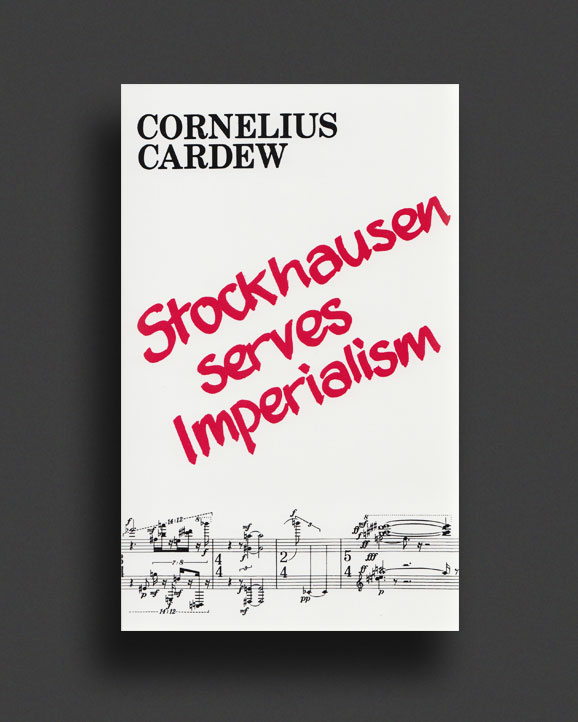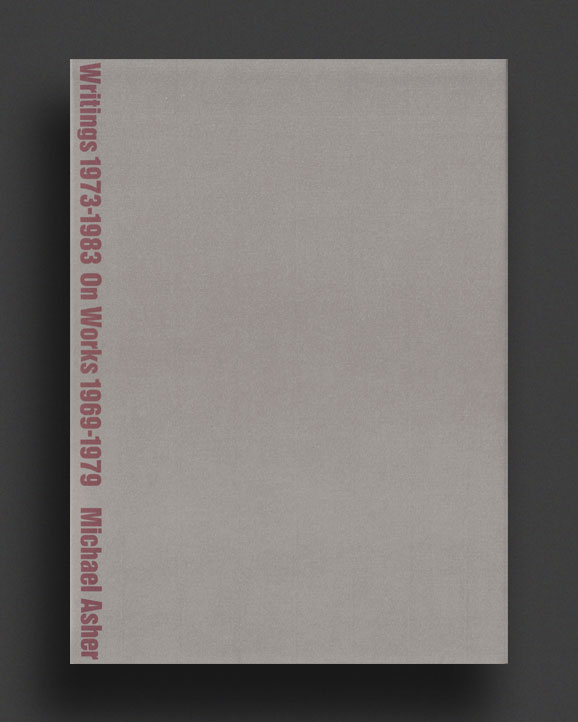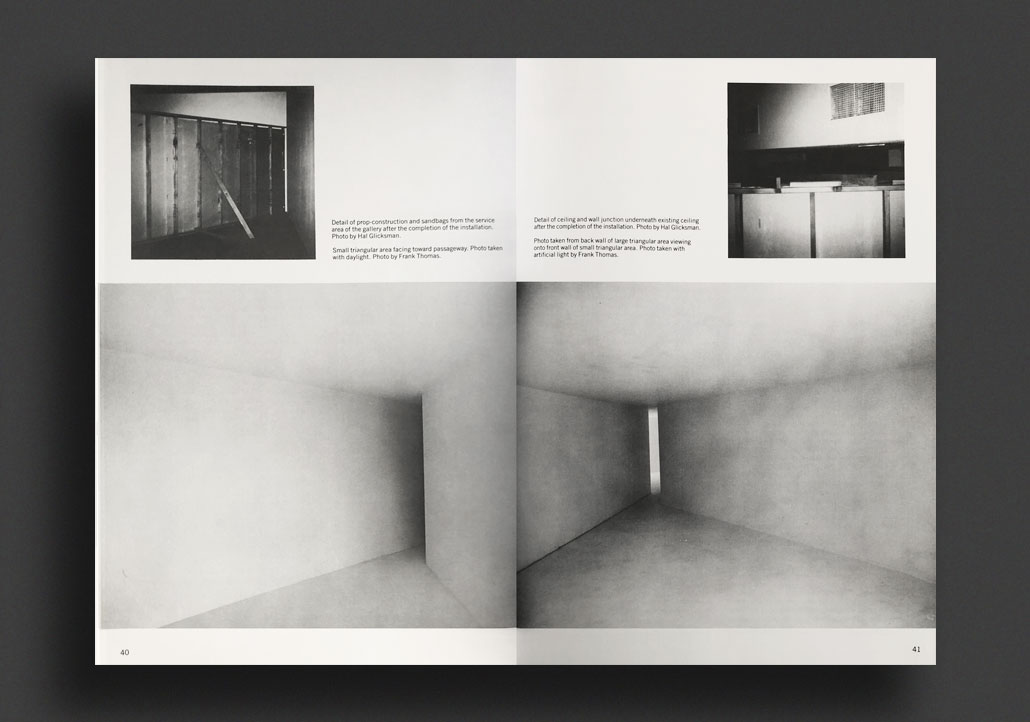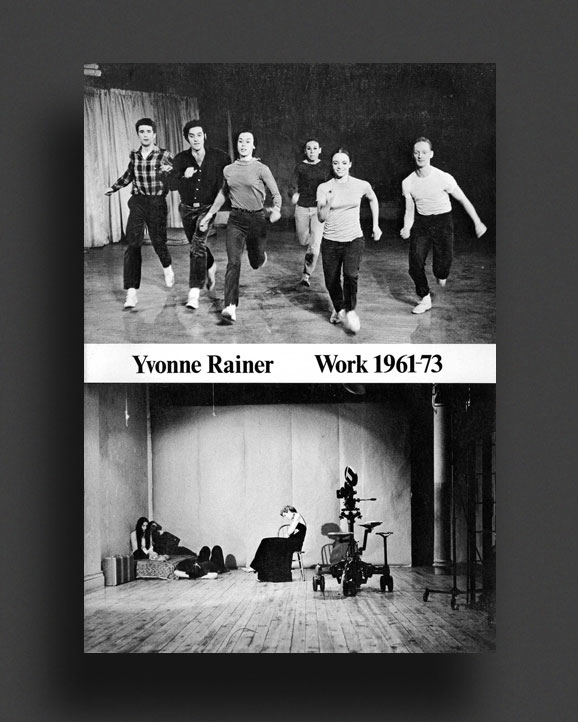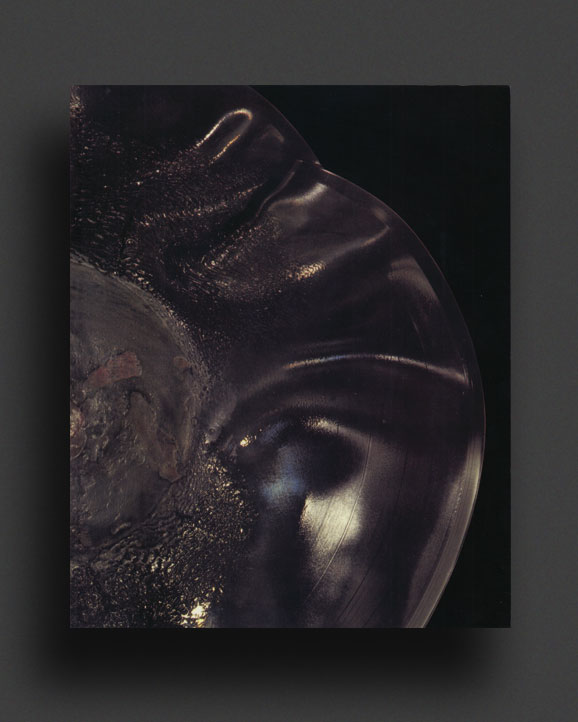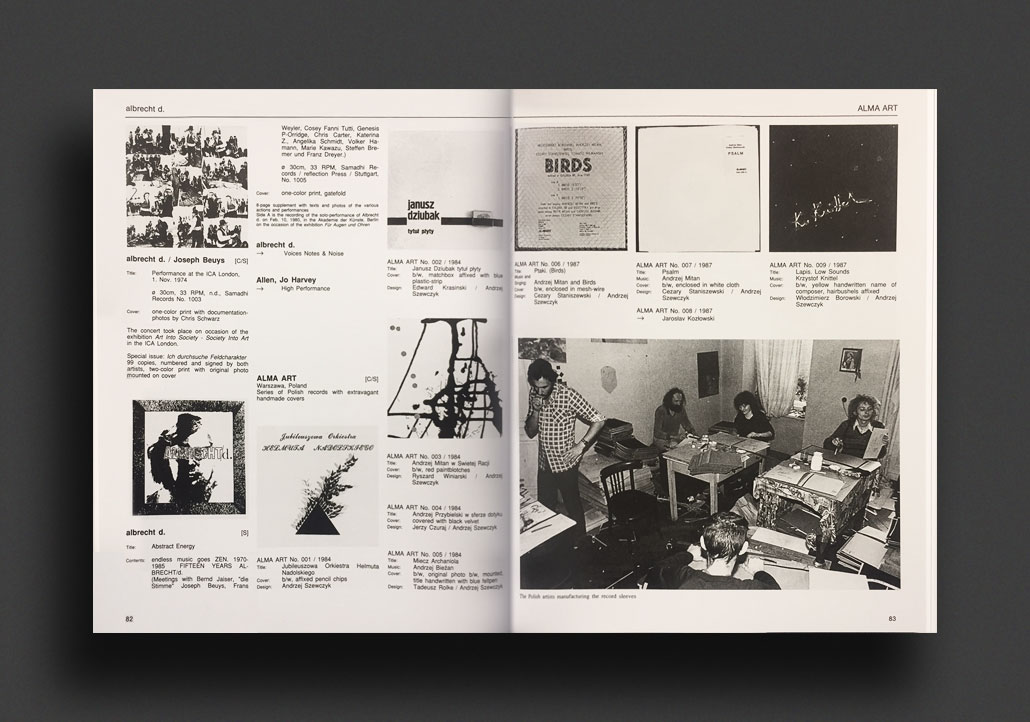(...less)
Primetime Contemporary Art is a publication documenting a radical, two-year intervention by the GALA Committee on the primetime television show Melrose Place. Originally published in a limited run in 1998, this extremely rare artist book is reproduced here for the first time as a facsimile edition.
Mel Chin initiated the loose collective of artists known as the GALA Committee in 1995 in response to an invitation to participate in an upcoming exhibition at the Museum of Contemporary Art, Los Angeles. The artist arranged with the producers of Melrose Place for the collective to create objects for the soap opera, resulting in an extensive series of political works used as plot devices and props across two seasons of the show. The GALA Committee’s intervention provided surreptitious commentary on reproductive rights, HIV/AIDS, the Gulf War, domestic terrorism, corporate malfeasance, and substance abuse, among other issues. Despite some of these topics having been banned by the FCC at the time, the group’s political critiques went unnoticed by censors, subverting corporate and government controls of primetime television with a progressive agenda.
These works were exhibited in Uncommon Sense at the Museum of Contemporary Art, Los Angeles in 1997 and then sold at an auction at Sotheby’s to support several charities. Primetime Contemporary Art, created by Chin and Helen Nagge, was used as the auction catalog for the evening, documented the artwork produced for the exhibition, and articulated the conceptual framework of the GALA Committee.
Mel Chin was born in Houston, Texas, and is known for the broad range of approaches in his art, including works that require multi-disciplinary, collaborative teamwork, and works that enlist science as an aesthetic component to developing complex ideas. He pioneered “green remediation” in his 1990 project, Revival Field; presented his proposal for a New World Trade Center as part of the American representation at the 2002 Venice Biennale of Architecture; won a Pedro Sienna Award for Animation in Chile for his 2017 film, 9-11/9-11; and founded S.O.U.R.C.E. Studio in 2017 to realize sustained engagements with community and environment. In 2018, he presented Unmoored and Wake in Times Square, New York City, creating a visual portal into a future of rising waters, and had a forty-year-survey exhibition at the Queens Museum. He is the recipient of many awards, grants, and honorary degrees, including the MacArthur Fellowship in 2019, and was elected to the American Academy of Arts and Letters in 2021.
Helen Nagge has collaborated with Mel Chin on major public art projects for over two decades. She has worked with commercial galleries and non-profit art spaces in Houston, Texas, and New York City, and developed in-house archival systems for clients and seminal American artists’ estates. She also worked in publishing for several years, notably for Simon & Schuster, Harvey Klinger Literary Agency, and others, and continues to edit texts for Mel Chin Studio.
The GALA Committee (1995-1997) was a collective of artists, faculty, and students from the University of Georgia, Athens; CalArts, Los Angeles; and Grand Arts, Kansas City formed by Mel Chin in response to the 1995 invitation to participate in the group show Uncommon Sense at the Museum of Contemporary Art, Los Angeles. The GALA Committee included: David Adams, Elizabeth Adams, Eric Andersen, Emily Arthur, Katie Bauman, Cameron Bernie, David Blanchard, John Borthwick, Barron Brown, Alan Bush, Heather Champ, Heeyeon Chang, Mel Chin, Lance Clarke, Roymont Clements, Kathleen Hillseth Clinesmith, Karina Combs, Melissa Conroy, John Crowe, John Cupit, Lesley Dill, Heather M. Eastman, Diane Edison, Brian Ellison, Evan Firestone, Mark Flood, Joe Girandola, Terry Glispin, Nuala Glynn, Jason Grier, Garrison Gunter, Elizabeth Huber, Chip Hayes, Frank Irving, Kim Jensen, Bryan Jernigan, Karin Johansson, M. Dana Jones, Cheryl Kaplan, Kendal Kerr, Kat Kinsman, Koichi Kimura, Jeff Knowlton, Leo Knox, Bernie Koersen, H. Lan Thao Lam, Ed Lambert, Elizabeth Langford, Jon Lapointe, Tom Lawson, Kristi Leonard, Donna Marcantonio, Diana McIntosh, Mara Lonner, Wendy Lundin, Steve Maleski, Thomas Mann, Stephen McRedmond, Carol Mendelsohn, Georgia Metz, Tamara Mewis, James Millar, Stever Miller, Tam Miller, Tess Miller, Dallas Moore, Margaret Morgan, Jerry Murphy, Helen K. Nagge, Yana Nirvana, Gail Patterson, Kim Patterson, Constance Penley, Joseph Pizzorusso, Chuck Pratt, Elizabeth S. Puckett, Dan Pugh, Martha Rees, Carl Robertson, Guadalupe Rodriguez, Sandra Rodriguez, Jeff Roe, Kathleen Rogan, Huan Saussy, Sanjit Sethi, Maura Sheehan, Jocelyn Shipley, Eric Shriner, Deborah Siegel, Rachel Slowinski, Frank South, Rachael Splinter, Eric Swangstu, Troy Swangstu, Janice Tanaka, Valerie Tevere, Joseph Tucker, Kathy Vargas, Tony Velasco, Jim Wade, John Watts, David Wilson.
Managing Editor: Rachel Valinsky
Managing Designer: Siiri Tännler
File under:
The GALA Committee
Mel Chin
Primary Information / New York
Art
Conceptual Art
Film / Video




















































































































































